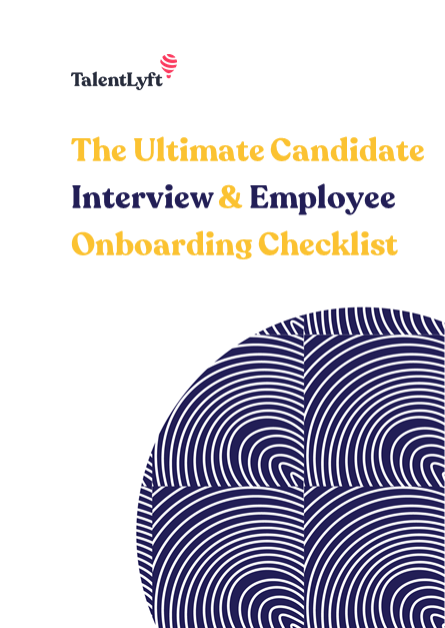
Discover the best remote onboarding practices to ensure smooth transitions for both the employee and employer - whether you’re a remote-first company or are temporarily operating remotely due to the pandemic.
Discover the best remote onboarding practices to ensure smooth transitions for both the employee and employer - whether you’re a remote-first company or are temporarily operating remotely due to the pandemic.
Making employees feel welcome from the start, and especially during the onboarding process, is very important since research has shown that around 69% of employees will stay with a company for a longer term if they had a good onboarding experience.
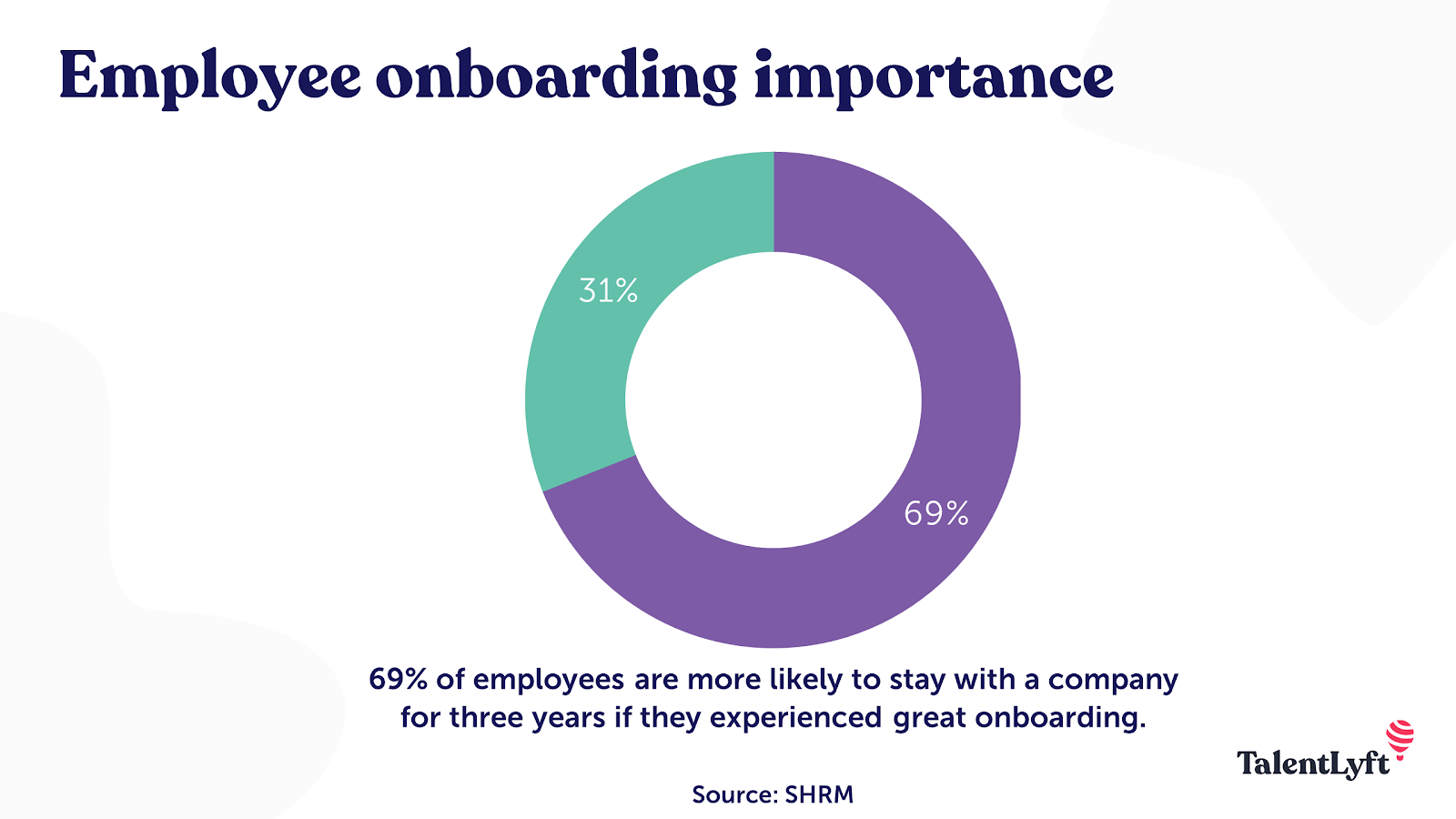
Onboarding new employees can be a challenge in the best of times. We all know what our first day in a new job feels like… The unfamiliar surroundings coupled with new faces and unknown technology. It can make for an overwhelming combination.
These factors can often be more pronounced when workers need to be onboarded remotely as part of a virtual team. However, do not despair...
We have gathered the best remote onboarding practices to ensure smooth transitions for both the employee and employer whether you’re a remote-first company or are temporarily operating remotely due to the pandemic.
You can incorporate these practices into your remote onboarding strategy to achieve an efficient process for everyone involved.
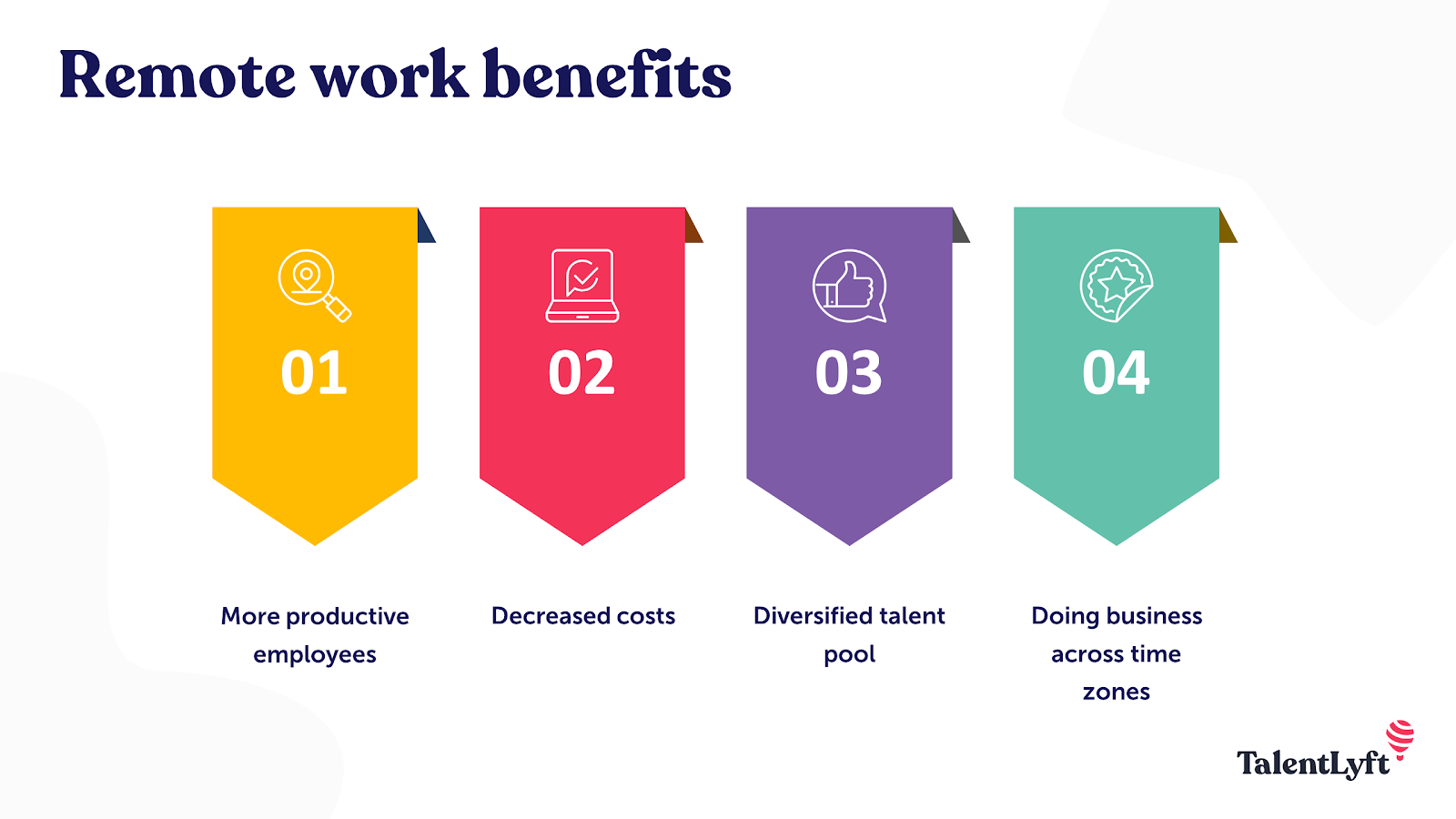
Ready? Let’s dive in.
Here are the top 9 best practices for remote onboarding:
The key to efficiently onboarding remote employees is to create a detailed onboarding plan. This plan should cover all aspects of the onboarding process but most importantly, include milestones that can be used to measure how an employee is progressing through the process.
Existing onboarding plans that are aimed at on-site employees can often be altered so that they are more suitable for the onboarding of remote employees. Setting timelines for the successful completion of every milestone in the onboarding plan will help to give remote employees structure and remain productive in the first few weeks of the job whilst they settle into the new rhythm of work.
It can also be beneficial to include a Q&A section designed to familiarize the employee with the company’s culture and important processes. If you decide to choose a learning management system to host your training and onboarding, be sure to keep these things in mind when adding training modules.
Consider creating a welcome pack that can be distributed electronically to new remote employees. The welcome pack should ideally be sent out to new employees before their first onboarding session.
Whilst it should not be used to share confidential information such as passwords or other sensitive information, it should include information such as the telephone numbers and e-mail addresses of important colleagues that the employee will be collaborating or working with.
The welcome pack should be aimed at providing new employees with general information that he/she may find useful in their first days and months at the company. Making a video that welcomes new employees to the company can be a great way to create an immediate sense of belonging as part of the team.
This video shouldn’t be too formal, it should make the employee feel at ease in their new work environment and allow them to get to know the company and its employees a bit better.
Try incorporating the welcome video into one of the early stages of the onboarding process. Better yet, make the majority of your training done by videos via training webinars where you can release pre-recorded or live training for your remote employees.
Incorporating live webinar training sessions can be another great way to make employees feel welcome by getting their questions answered in real-time and building a sense of camaraderie.
The key to successful remote working lies in how easy login credentials for business-critical tools can be shared and accessed. New employees need access to a plethora of online accounts to effectively do their job. By familiarizing new remote employees as quickly as possible with business-critical tools, they will be able to become self-dependent and begin adding value far quicker.
The first step you can take is to create a guide that explains which tools your company uses and how you use them. The second step, and most critical aspect that should be addressed, is how login credentials are shared.
In a remote working environment, usernames and passwords can be compared to giving an employee a set of keys to your office - so care must be taken when sharing them. After all, malicious hacking attacks occur every 39 seconds and the average cost of a data breach is $3.9 million.
So you can imagine how using software to protect your passwords is essential. Doing so allows you to easily, securely, and quickly distribute credentials to new employees without compromising the security of your remote working infrastructure.
Onboarding new employees in groups can help to make the entire process much less stressful for both the employees and employers. Group onboarding provides an easy way for new team members to get to know fellow employees quickly and it is often less intimidating than meeting people one on one.
This is especially helpful in the case of remote employees when working away from the office can often lead to a feeling of isolation. If you are unable to onboard in groups, then consider inviting all new employees who have started in the past 3 months to a group session.

These sessions can be used to introduce the new remote employees to other new team members they may haven’t had the chance to meet yet, as well as provide a platform of communication to build stronger relationships with others in different teams and departments.
It also encourages a sense of belonging which is especially important since employees will be working from a remote location and not have face-to-face interaction.
One of the biggest challenges that remote employees will face during the onboarding process and, in some cases, during their tenure at the company is a feeling of isolation. Any successful remote onboarding program should address this issue and work to create a sense of belonging as soon as possible.
Having at least one off-site (i.e. not at the company offices) gathering makes it possible for new employees to meet other team members in person. This is not only vital to creating stronger relationships between remote employees and other team members, but it can also often make the difference between a high and low employee turnover rate.
If you have remote employees that are working from geographically distant locations, it may not be possible for everyone to attend a gathering. However, there are ways around this. Most notably, you can organize a social meeting via web conferencing software. While it may not be the same as a physical gathering, it is important nonetheless.
Checking in regularly with a new employee allows you to assess the effectiveness of your onboarding process as well as make sure that the employee is progressing as expected.
You can use the milestones that you included in your onboarding plan to assess the employee’s performance and address any potential issues as soon as possible. Checking in with new employees also provides you with a platform for getting feedback on the onboarding process.
You can use this feedback to refine the plan so that both your company and future employees can reap the benefits. Checking in with an employee can be as simple as sending an e-mail or arranging a video call. Often, the latter is recommended since it is far more personable.
It is also important to note that it shouldn’t just be the manager who checks in. Someone from HR should also touch base and if your company is small enough, the Director of their department or CEO should take the time to check in, too.
Make sure that you provide remote employees with enough opportunities to learn from each other. This is especially important during the onboarding process because it offers yet another way of building a strong team-oriented culture, even if the employees do not work together on the same premises.
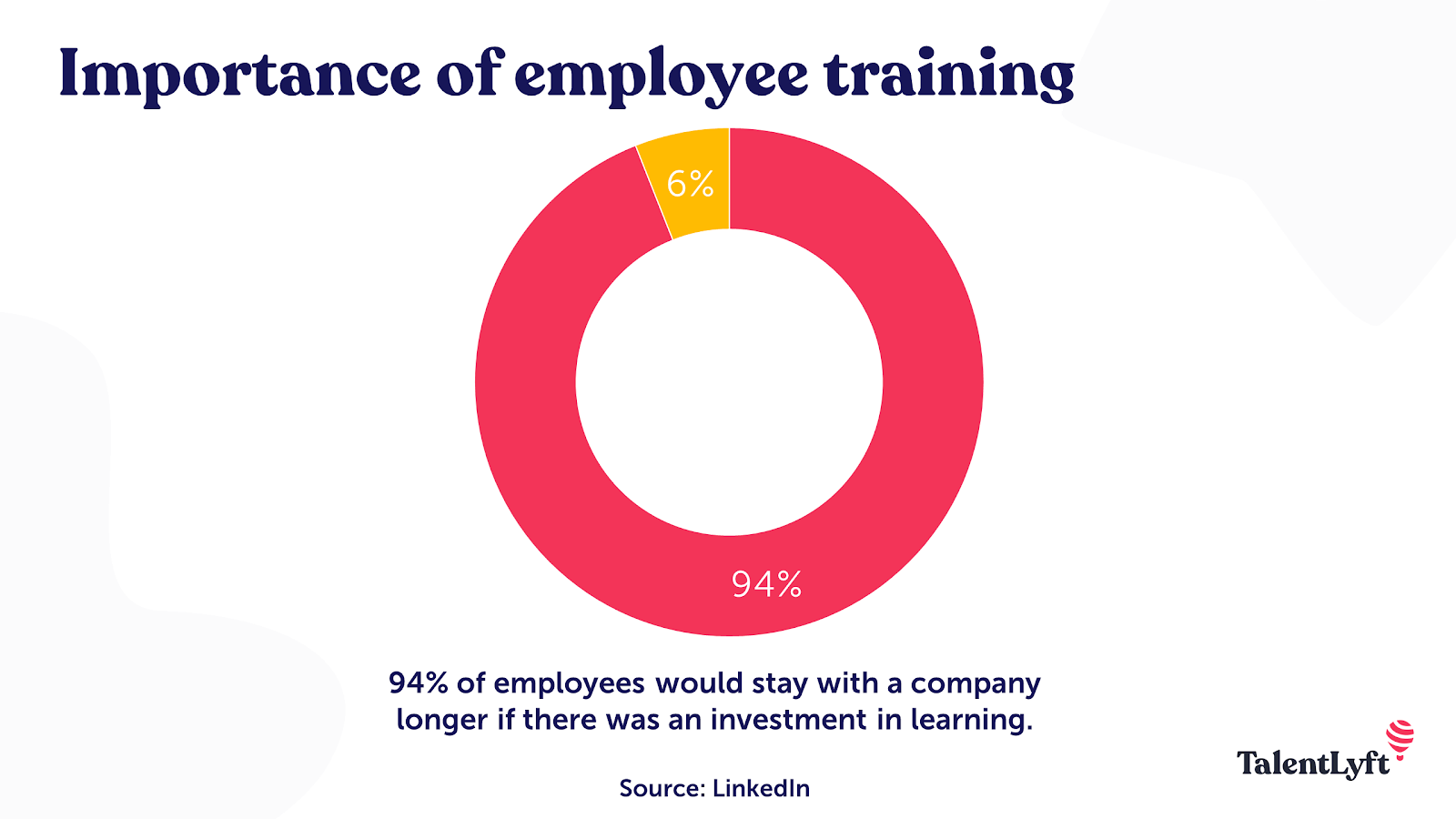
You could, for example, plan video mentoring sessions where more experienced team members or managers show new remote employees the ropes and help them to become well-versed in their jobs.
If your team conducts webinars for customers, you could also use your webinar software to create educational learning sessions for remote employees.
The concept of working remotely has been around for years but many managers still use traditional methods to manage team members. Because remote workers face their own unique set of challenges, it is important that managers receive the appropriate training.
Training can often go overlooked, leaving managers to fall back to traditional methods rather than to optimize the onboarding and on-going support of remote workers.
However, managers should be trained on how to manage remote employees by using communication platforms such as Microsoft Teams, Skype, GSuite, and Microsoft Office 365. Since the remote working culture is based on having good communication, knowing how to use these platforms effectively is essential.
It is important to remember that while both on and off-site employees can form part of the same team, they do not all share the same experience of working for a particular organization.
For your company to be successful in the onboarding of long-term remote workers, it is critical that investments are made to create a remote-friendly workplace that makes everybody feel included, irrespective of where they work.
All too often remote workers can feel like they are not truly part of the team but merely a temporary placement. This can seriously affect their productivity as well as their experience of the work environment and can be avoided by ensuring that constant communication takes place.
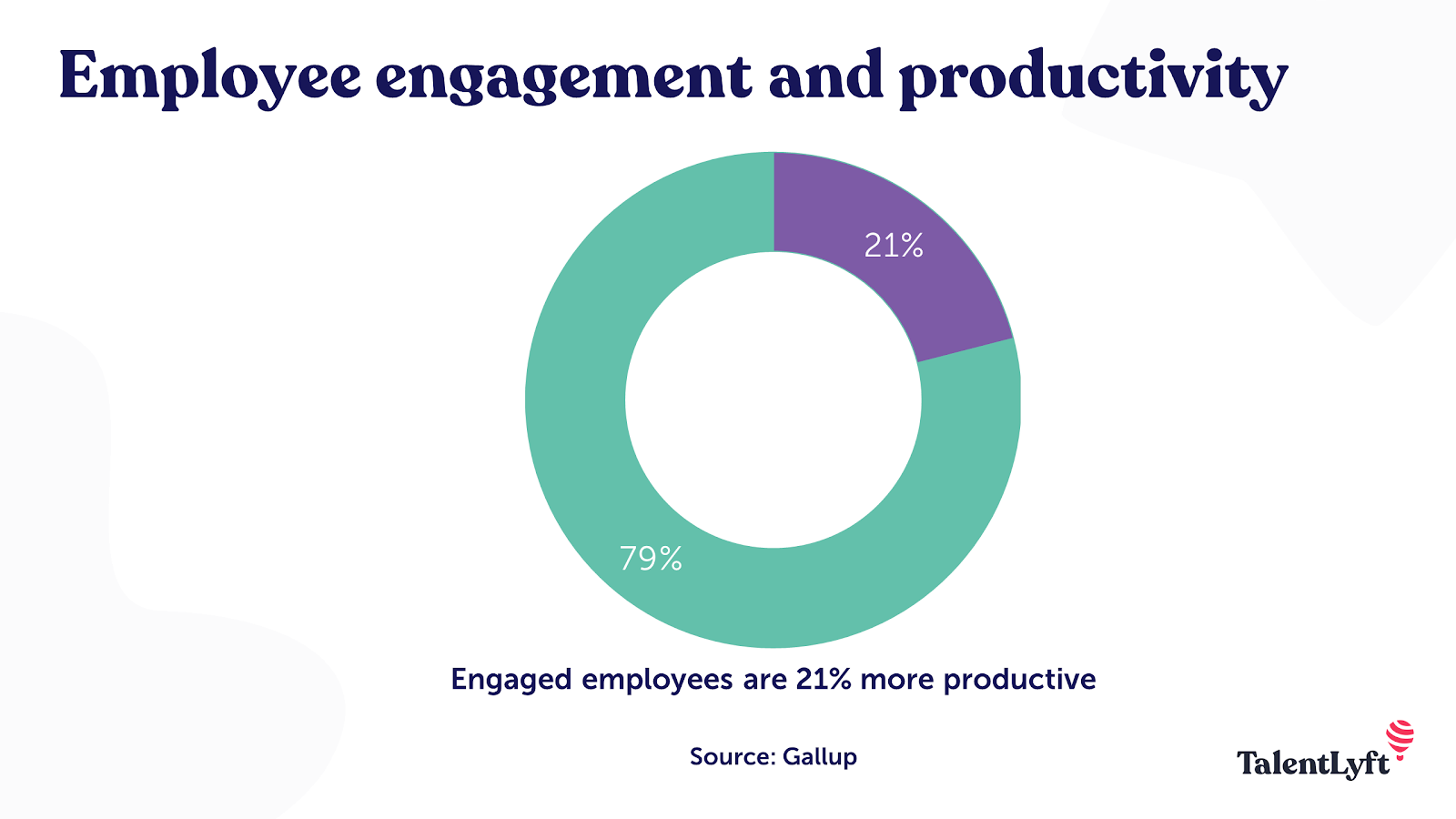
In particular, if you manage a team, ask each team member to organize a video call with the new remote employee. They can use this time to welcome the new employee into the team and explain their role. Another way in which you can achieve a remote-friendly culture is by treating all employees equally and fairly, irrespective of whether they are on or off-site.
Make sure that they have access to the benefits that on-site employees have, for example, if your company offers subsidized gym memberships to employees you can extend that benefit to remote employees as well.
Remote working is more popular than ever before and it seems inevitable that most businesses will have at least one remote employee. With the right onboarding strategies and a clear remote onboarding plan, the challenges of remote working can be effectively managed.
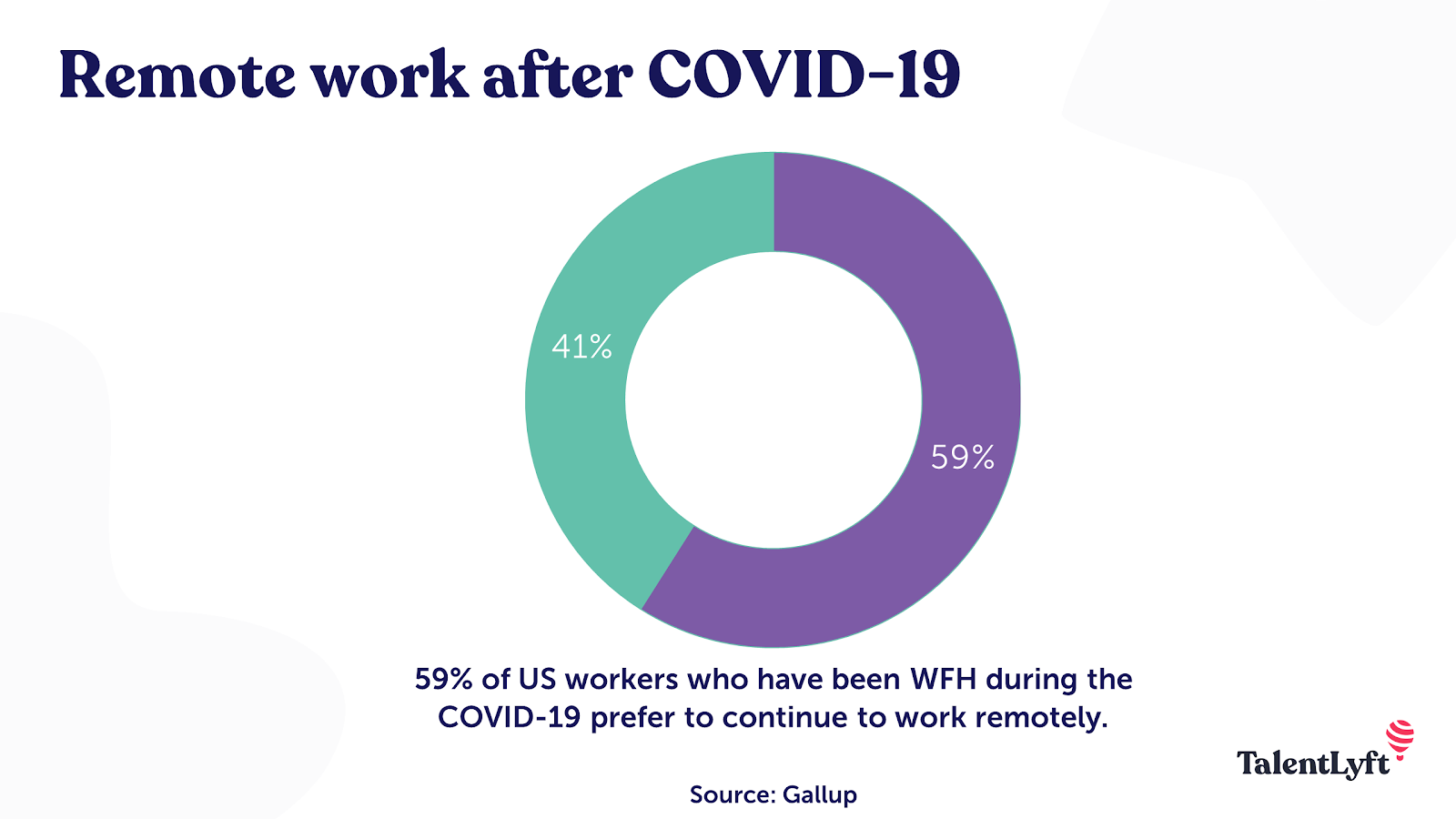
Remember, the outcome of any successful remote onboarding process should be to make the new employee feel like they are part of the team.
Check out our article: Employee Onboarding Ideas - Examples from Experts!
Adam Enfroy writes about how to scale your blog like a startup to 450,000 monthly readers at www.adamenfroy.com. He launched his blog in 2019 and is now generating over $80,000/month in revenue. He wants to teach new bloggers how to start a blog and do the same. You can follow him on Facebook, Twitter, on Instagram.


